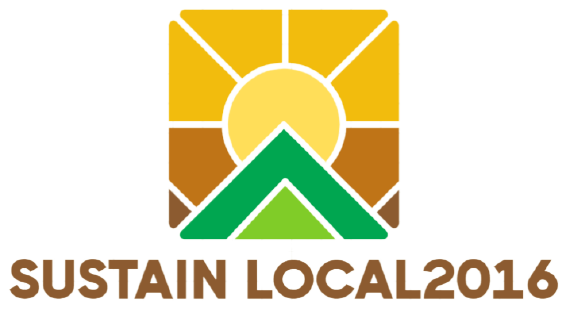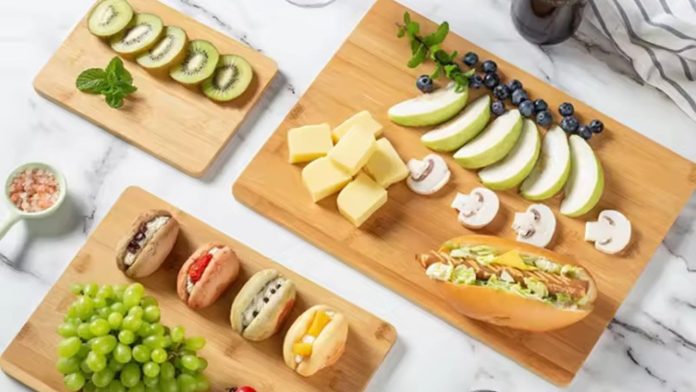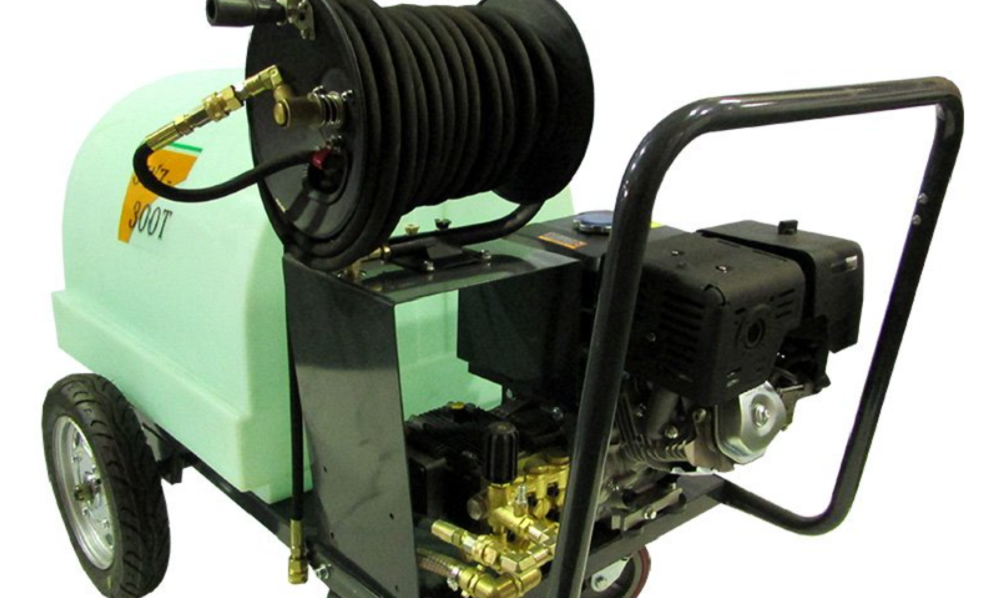The cutting boards are among the basic tools that are used in the kitchen since they are the surface on which most of the preparations are carried out. As for the type of cutting boards, the blank ones are chosen because of the use and the carving possibilities. Selecting a material for a blank cutting board is crucial since it determines the usage, cleanness, efficiency, and safety of the processes in the kitchen. This ultimate guide is dedicated to the description of the materials used for the bulk cutting boards and the advantages connected with them.
Wooden-Made and Composite Bulk Cutting Boards
This wood is often preferred in cutting boards because of the hardness of the wood and the grain of the wood. Maple is most often used because it is hard, and the grain structure is tightly interlocked so that bacteria or moisture cannot get into it. It is not as assertive on the knife edges and provides a tough and polished edge that is ideal for everyday usage. Walnut is very famous for its dark color and good grain pattern. It is slightly softer than maple but very much stronger and more rigid. It is preferred for the outlook as well as the practicality it offers. Laminated cutting boards are made from wood fiber and plastic and are very hard and do not show signs of scratching easily. They are very similar in look to natural wood but do not need to be re-stained and are thus both functional and visually appealing for use in the kitchen.
Plastic and Glass Bulk Cutting Boards
The common types of plastic cutting boards are polyethylene or polypropylene cutting boards. They are transportable, cheap, and available in different colors which may help in avoiding contamination of raw produce in the kitchen. Plastic boards are smooth and can be cleaned using water and washed in a dishwasher. But they may develop marks that look like knives after some time and deep cuts may be a breeding ground for bacteria if washed. They are of modern design and glass bulk cutting boards are made from tempered glass. They are nonporous, hence very hygienic and easy to clean but glass is very hard, and this is a disadvantage when sharpening knives because the edges of the knives can easily be damaged. They are most suitable for use when serving or any other use that does not involve cutting a particular food item.
Marble and Granite Bulk Cutting Boards
The decision to use marble and granite cutting boards is mostly based on looks. They are non-porous and are usually of a smooth texture; they can be employed in activities such as mashing dough or transferring chocolates. However, they are very bad at sharpening knives as they become blunt very soon and are slightly on the heavier side.
Conclusion
If one must select bulk cutting boards then the material to be used depends on the consumer’s requirements. Boards of wood are very beautiful and rather practical, plastic is quite handy and easy to process, and glass and stone also look very nice. Composite boards are more long-lasting and do not require as much attention as wooden boards. Therefore, by understanding the properties of the materials, it is possible to select the appropriate blank cutting board to improve the process of preparing dishes.













